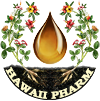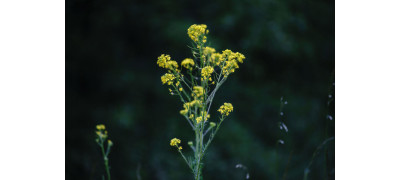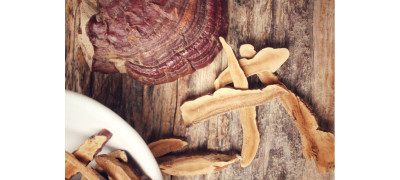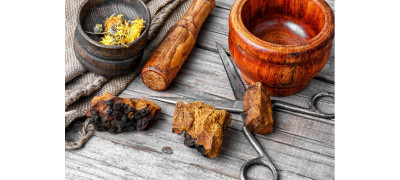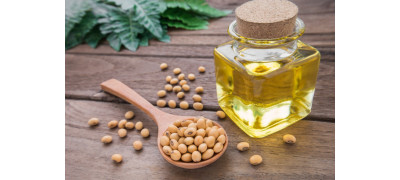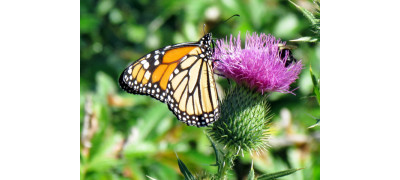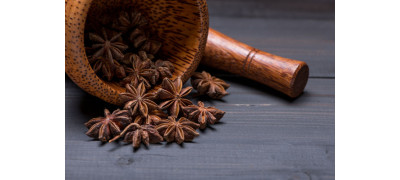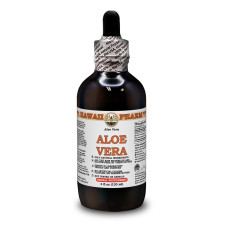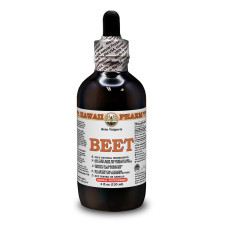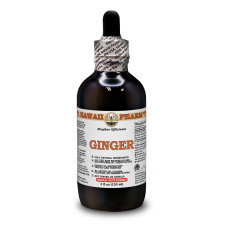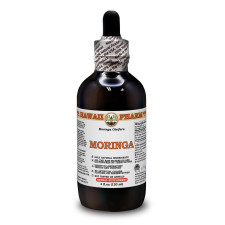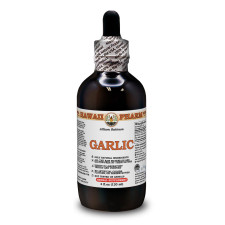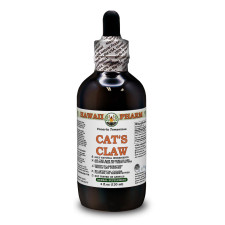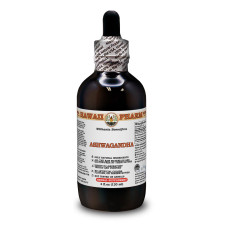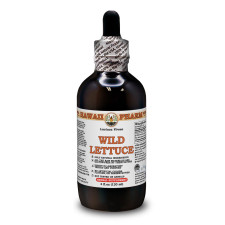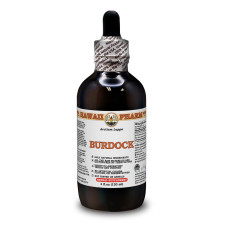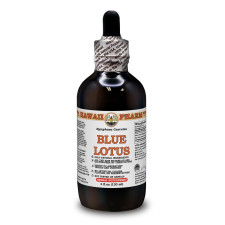- Home
- Alcohol Herbal Extracts
- Alcohol-FREE Herbal Extracts
- Veterinary Herbal Extracts
- Partnership
Partnership
We are open for cooperation with all interested persons or organizations. We have plenty of partners from all around the world and are looking for a long-term cooperation with new ones. At the present time we offer the following cooperation models:

WHOLESALER
We offer up to 30% discounts for wholesalers. The exact discount amount is dependent on your order amount, quantity and size of items. Minimum order amount is $300.

PRACTITIONER
Only for licensed practitioners! Create an account as practitioner and get special exclusive promotions. This kind of account is required manual approve.

AFFILIATE PROGRAM
Do you recommend us to your friends, family, colleagues and/or clients? If so: Thanks! We really appreciate it! Join our affiliate program. It’s by far the best way to monetize your Twitter or Facebook page, blog, or website.
- Blog
- Contact Us
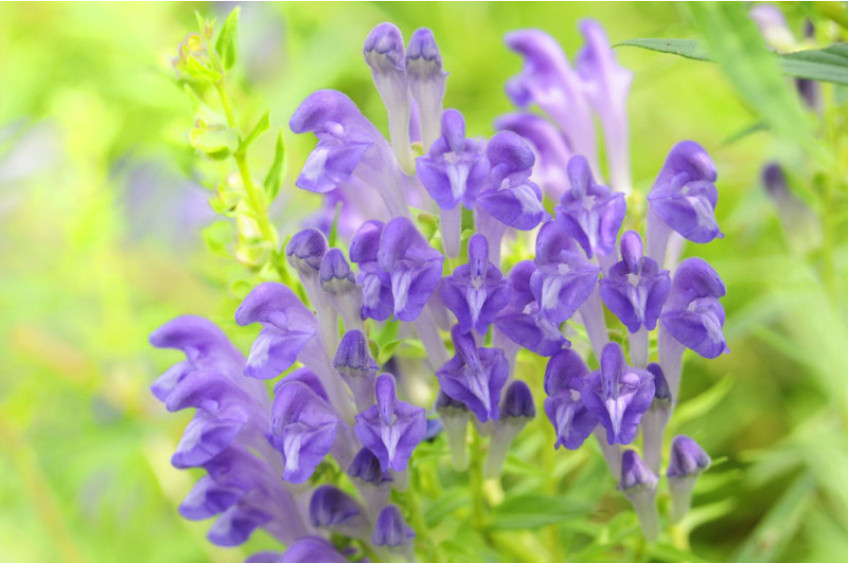
SCUTELLARIA
COMMON NAME: Scutellaria
LATIN NAME: Scutellaria Baicalensis
CHINESE NAME: Huang Qin
ORIGIN: Asia
HABITAT: In nature Scutellaria is distributed near Lake Baikal, in Eastern Siberia, the Far East, Japan, China, Mongolia and Manchuria. It usually grows on sandy soils, rocky mountain slopes, prefers to grow in the steppes, sometimes can be found along the water shores. Do not confuse Scutellaria Baicalensis with Scutellaria Vulgaris, which is common almost everywhere.
BOTANICAL INFORMATION: Scutellaria Baicalensis is a well-known medicinal species of the genus Scutellaria, herbaceous perennials belonging to the family Lamiaceae or Labiatae. The genus Scutellaria has up to 460 species.
Scutellaria Baicalensis is a perennial herb, reaching a height of 35 cm. The plant has 5-6 erect, tetrahedral, slightly pubescent, branched stems. The rhizome is long (up to 50 cm), vertical, covered with deep grooves, with multiple vertical roots. Leaves are placed opposite to the stem. In June, the plant goes into the flowering phase. The flowers are large and form an inflorescence which is a one-sided brush. The fruit consists of four small spherical, slightly pubescent black nuts. The fruit ripens in August-September: at the slightest touch, the nuts shoot and disperse small seeds.
CHEMICAL COMPOSITION: The roots of Scutellaria Baicalensis contain vogonin, coumarins, steroids (stigmasterol, campesterol, b-sitosterol), tannins, more than 17 flavone glycosides (apigenin, scutellarein, luteolin, baikalin, etc.), pyrocatechins, oil, resin, ether isoflavones, glucuronic, kojic, vanillic acid, calcium, iron, potassium, copper, zinc, cobalt, iodine, selenium and other micro and macro elements.
INTERESTING FACTS:
The generic name of the plant comes from the Latin "scutum" - "shield". The specific name in translation from Latin is “baicalensus” - “Baikal”. This is a geographical term that refers to the region of Eastern Siberia, located near Lake Baikal.
The physician Li Shicheng described the properties of Scutellaria baicalensis in his work Materia Medica as early as in 1578.
Huang Qin extract is widely used in the cosmetic industry. Creams, tonics, masks, serums, whitening agents, various face and body skin care products based on this plant extract have an excellent effect on the skin condition, are suitable for treating problem skin.
*Be sure to follow relevant directions on product labels and consult with your pharmacist or physician or other healthcare professional before using.
INDIGO PLANT
Isatis Tinctoria has a simple, bare, up-straight stem, sometimes stiff-haired from below, reaching a meter in length. The root of the plant is rutabiform, goes deep into the ground. The leaves of Indi..
EVERYTHING YOU NEED TO KNOW ABOUT REISHI
Reishi Mushroom is found in almost all countries of the world. Most often, it grows at the base of weakened and aching trees, as well as on dead hardwood. It is much less common on the wood of conifer..
CHAGA: A GIFT FROM GOD
Chaga is a parasitic fungus, which is a hard large gnarl on birch trunks. This mushroom is of oval or round shape and can have the size of 40–50 cm in diameter and can weigh from 1 to 6 kg. The fungus..
PROPERTIES OF SOYBEANS
Soybean (Glycine Max) is an annual herb in the Fabaceae family. It originates from southeastern Asia (including Korea, Japan, China). Soybean plant can reach up to 2 m in height. The leaves are pubesc..
BURDOCK ROOT
Burdock (Arctium Lappa) is a biennial plant that belongs to the Asteraceae family. It is native to Europe and Asia. The herb can reach up to 3 m in height. The leaves are alternately arranged, quite l..
LITTLE SECRETS OF STAR ANISE
Star anise is getting more and more popular among spice lovers around the world due to its excellent taste and peculiar shape. Moreover, it has a great medicinal value along with widespread culinary u..
Get exclusive deals you will not find anywhere else straight to your inbox!
Subscribe / UnsubscribeCookies policy
 We use cookies and similar technologies that are necessary to operate the website.
You can consent to our use of cookies by clicking "Accept..."
We use cookies and similar technologies that are necessary to operate the website.
You can consent to our use of cookies by clicking "Accept..."
Get exclusive deals you will not find anywhere else straight to your inbox!
Subscribe / UnsubscribeWe meticulously produce our extracts according to precise standards where each herb is extracted according to the distinct characteristic of each plant! Hawaii Pharm LLC offers the biggest choice of liquid herbal extracts in the World!

Hawaii Pharm LLC - Nature Heals. Highest Quality Herbal Products Since 2008.


